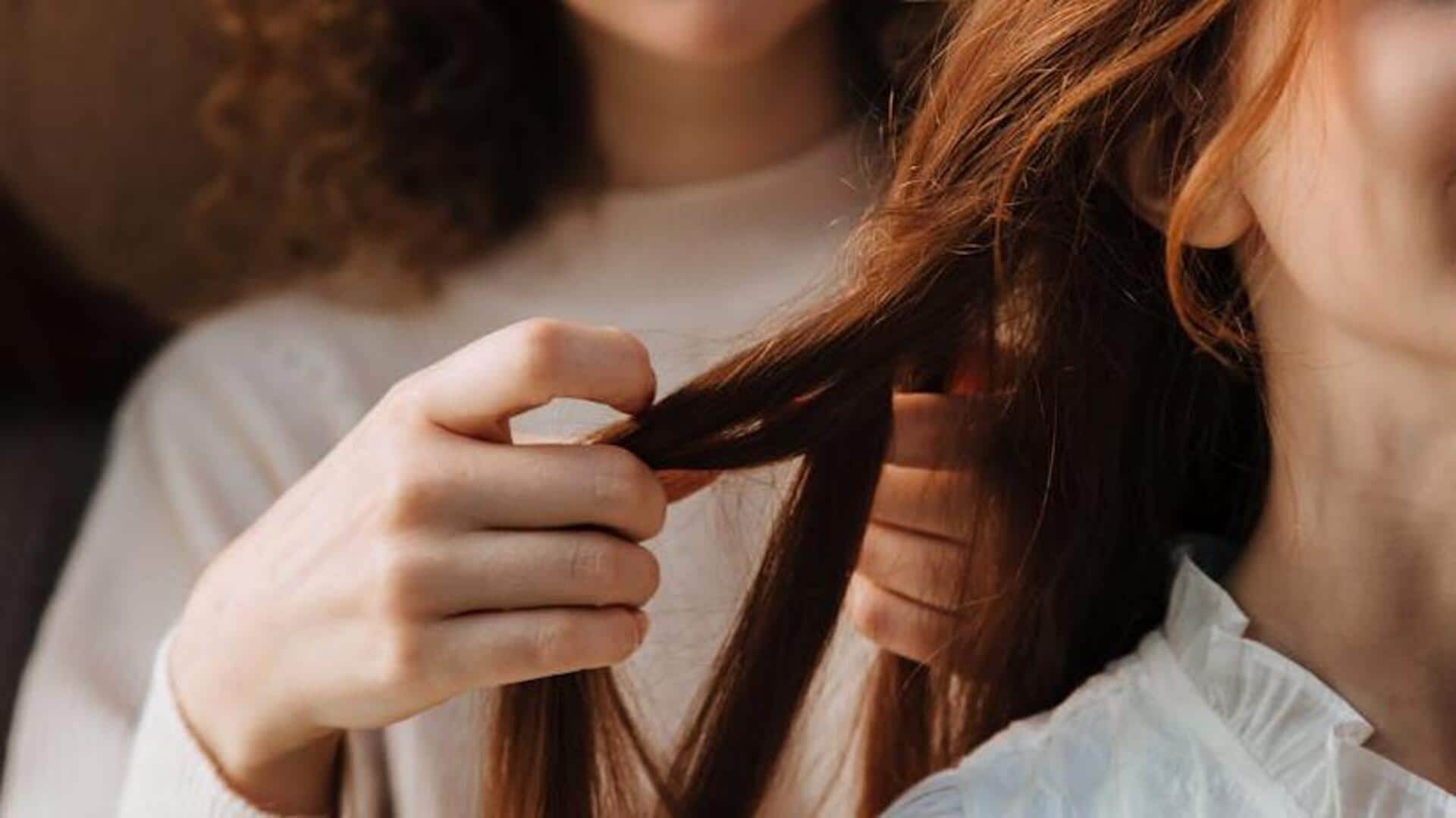
Cultural braiding traditions: Global hairstyle insight
What's the story
Braiding is more than a hairstyle. It's art. It's history. It's a language that spans cultures, continents, and centuries.
From Africa's complex patterns to Indigenous nations' sacred braids, each tradition tells a unique tale.
This article delves into the rich tapestry of global braiding traditions, uncovering their roots, meanings, and enduring influence in contemporary culture.
Origins
The art of African braids
Dating back thousands of years, African braiding is a powerful cultural tradition. It reflects tribe, status, wealth, power, and religion.
Styles such as cornrows, box braids, and micro braids are now celebrated worldwide for their beauty and versatility.
They are not just hairstyles, they are a statement of identity and heritage.
Symbolism
Native American braiding significance
For many Native American tribes, hair is sacred, it is the extension of one's spirit.
Braiding is not only a physical act but a spiritual one.
Each tribe has unique styles, and the way one's hair is braided can indicate age, whether one is married or not, and their role in the tribe.
This ancient tradition underscores the profound connection between individual identity and communal belonging.
Heritage
The Polynesian Hair Connection
In Polynesian cultures, hair holds deep significance as a manifestation of mana (spiritual power) and a person's status within society.
Traditional hairstyles in these cultures are intricate works of art, with complex braiding patterns serving as badges of honor, signifying one's social standing or accomplishments.
In Hawaii, long cascading locks or intricately braided updos denote lineage to high-ranking ancestors or leadership roles within the community.
History
Scandinavian Viking braids
Turns out, Vikings weren't just about battle axes and longships - they also loved a good hairdo, especially braids!
Both men and women rocked intricate braids, which kept hair manageable during fights and also looked pretty cool.
These styles indicated clan affiliation, war victories, or even marriage prospects, showing that personal grooming was closely connected to societal norms.
Evolution
Modern adaptations and inspirations
Although traditional braid styles hold a special place in history, serving as cultural expressions and practical solutions, they have also become modern fashion statements.
Innovative hairstylists today pay homage to these ancient techniques, infusing them with a contemporary twist to create fresh and stylish looks.
From high fashion runways to everyday street style, traditional braids continue to shape global trends, further cementing their status as a timeless art form.